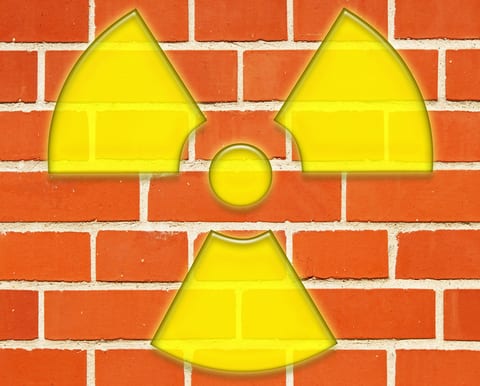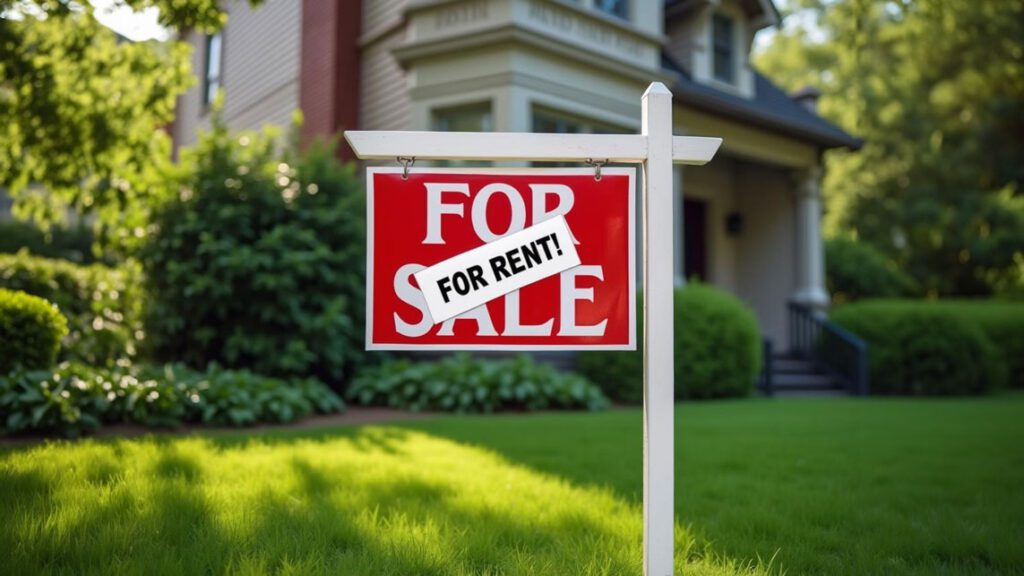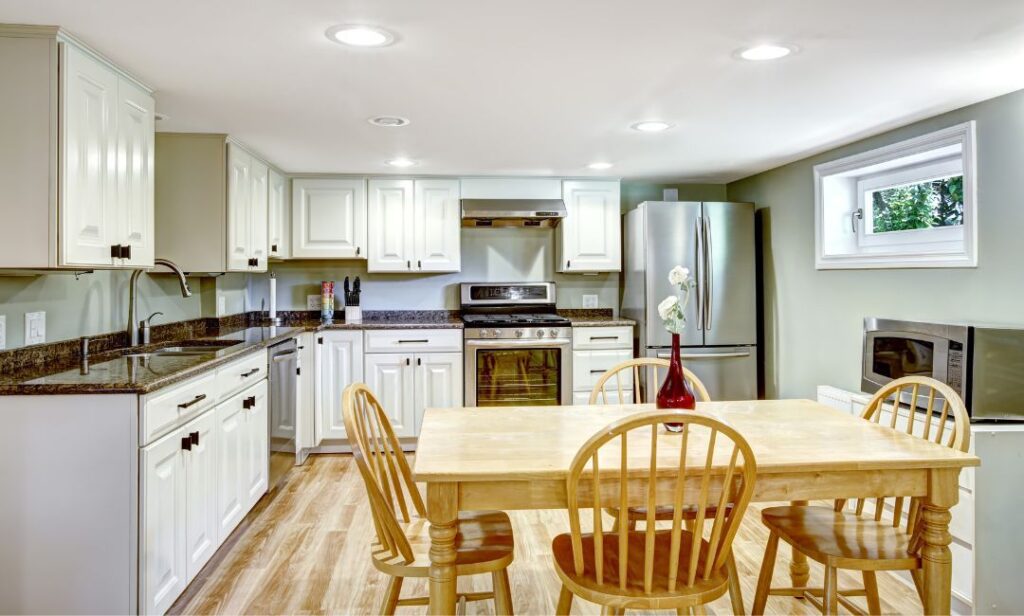Radon Gas Is The Second Leading Cause of Lung Cancer
01/20/21

Ongoing research into the presence and effects of radon gas has produced some disturbing results – the gas is in almost twice as many Canadian homes as previously estimated. Health Canada estimates that radon exposure causes the deaths of about 3,200 Canadians every year. That makes it the second leading cause of lung cancer, representing 16 per cent of all lung cancer deaths.
“Fortunately these deaths are preventable – if all Canadian homeowners test their houses for radon and take action if radon levels are high,” says Mary-Pat Shaw, acting president and CEO of the Canadian Lung Association.
Radon is odourless and colourless. It is produced naturally by the breakdown of uranium in rocks and soils. When the gas is released outside it is diluted by the air and is harmless, but radon seeps into homes through basement walls and floors and into dirt-floor crawlspaces. In a confined area the radon can accumulate to high levels and become a health hazard.
Health Canada’s most recent study found that seven per cent of Canadian homes have levels of radon above 200 becquerels per cubic meter of air, the level at which the agency says remedial action should be taken. Earlier estimates said that only three to five per cent of Canadian homes were at risk. Manitoba, New Brunswick, Saskatchewan and the Yukon had the highest percentages of homes that tested above the guideline, but localized areas in all parts of the country showed high radon levels.
“Canadians should test for radon no matter where they live,” says Shaw. “Although some provinces have higher than average radon levels, levels of this dangerous gas can vary from house to house, even within the same neighbourhood.”
Health Canada says radon seeps into homes easily through concrete block walls because they are so porous. It also comes into the home through cracks in foundation walls and floors, sumps, gaps around pipes and basement drains. The amount of radon present in the house depends on the amount of uranium in the ground, the entry points to the home and the way the house is ventilated.
To test for radon in the home, there are do-it-yourself kits available at home improvement stores that cost from about $25 to $75. The kits include instructions on how to use them and then send them to a lab for analysis.
All measurements should be made in the lowest lived-in parts of the home, says Health Canada. “That means the lowest level that is used or occupied for more than four hours per day,” says the agency. “For some, this may be a basement with a rec room, for others it will be the ground floor. If you only use your basement once a week to do laundry, for example, there is no need to test on that level – your exposure time will not be long enough to create health effects.”
However, if you are aware of high radon levels in your home and do not remediate them, at resale time it could become an issue if you don’t disclose this fact to potential purchasers.
You can also hire a professional to test for radon. Health Canada says make sure the service provider is a certified radon professional and that they are providing a long-term test. To find a certified radon professional in Canada, call 1-800-269-4174 or visit the Canadian National Radon Proficiency Program.
Health Canada says the standard method for remediating radon problems is by active soil depressurization, where a pipe is installed through the foundation floor and connected to the outside. A fan attached to the pipe draws radon from under the home before it gets inside, and releases the gas outside. It usually costs from $1,500 to $3,000, says Health Canada.
Some other ways to reduce radon include increasing the mechanical ventilation with a heat recovery ventilator, and sealing all the cracks and openings in the foundation walls and floors and around drains and pipes.
National Building Codes introduced in 2010 require new homes to have vapour barriers to reduce the entry of radon, and they must have a rough-in for a radon reduction system.
The Lung Association says it is important to note that exposure to radon gas is even more dangerous for people who smoke.
“People who smoke and are also exposed to high radon levels have a one-in-three chance of dying from lung cancer, versus a one-in-20 risk for people who are exposed to radon but do not smoke,” says the association.
Written by Jim Adair
Sign Up For Our Newsletter
Looking for more great real estate content? Get it delivered to your inbox with our newsletter!



